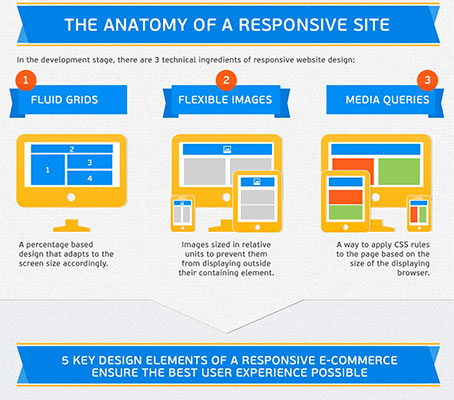Interested In Discovering How Internet Site Design Has Developed? Take A Journey With The Transformation
Interested In Discovering How Internet Site Design Has Developed? Take A Journey With The Transformation
Blog Article
Short Article Author-Bradshaw Stender
In the past, websites were easy and focused on info. Navigation was straight, and style was for desktops. Currently, user experience is key. Data guides designs for easy navigation. Receptive designs fit different tools. Today, dark mode decreases stress, and minimal food selections boost navigation. Interactive attributes involve individuals, and strong visuals stick out. AI combination enhances engagement. See exactly how style has progressed to enhance your online trip.
Early Days of Web Design
In the early days of web design, simpleness reigned supreme. Web sites were standard, with restricted shades, typefaces, and designs. hop over to this website was on giving details rather than flashy visuals. Individuals accessed the internet with sluggish dial-up links, so rate and performance were key.
Navigating ada requirements for website accessibility were straightforward, usually located at the top or side of the web page. Sites were developed for computer, as mobile surfing wasn't yet prevalent. Material was king, and developers focused on easy readability over complex style aspects.
HTML was the key coding language utilized, and developers needed to work within its restrictions. Animations and interactive attributes were minimal compared to today's requirements. Websites were fixed, with little dynamic material or personalized user experiences.
Rise of User-Focused Design
With the development of web site layout, a change towards user-focused style concepts has actually come to be progressively noticeable. Today, producing sites that prioritize customer experience is crucial for engaging visitors and achieving service goals. User-focused layout includes comprehending the needs, choices, and behaviors of your target market to tailor the website's layout, content, and includes appropriately.
Developers currently conduct comprehensive research study, such as user studies and functionality testing, to gather insights and comments straight from users. This data-driven method aids in developing user-friendly navigating, clear calls-to-action, and visually appealing interfaces that resonate with site visitors. By putting the individual at the center of the style process, sites can deliver a more tailored and pleasurable experience.
Responsive layout has additionally become a key aspect of user-focused layout, making certain that internet sites are enhanced for numerous devices and display dimensions. This adaptability boosts availability and functionality, dealing with the diverse means users communicate with sites today. Fundamentally, the surge of user-focused design signifies a shift towards developing electronic experiences that focus on the requirements and assumptions of the end customer.
Modern Trends in Web Design
Check out the most up to date fads forming web design today. One famous pattern is dark setting design, offering a smooth and modern look while decreasing eye stress in low-light environments. One more key fad is minimal navigating, streamlining food selections and improving user experience by focusing on essential elements. Incorporating micro-interactions, such as computer animated buttons or scrolling effects, can develop an extra appealing and interactive web site. Responsive style stays essential, making sure seamless user experiences across numerous devices. Furthermore, making use of strong typography and unbalanced layouts can add aesthetic rate of interest and accentuate specific web content.
Integrating AI modern technology, like chatbots for client assistance or individualized recommendations, enhances customer engagement and enhances processes. Accessibility has additionally become a significant fad, with developers focusing on inclusive design methods to accommodate varied user requirements. Welcoming sustainability by enhancing web site efficiency for rate and performance is an additional emerging fad in website design. Working together with user comments and information analytics to repeat and enhance design continually is important for staying appropriate in the ever-evolving digital landscape. By welcoming these modern patterns, you can create an aesthetically enticing, easy to use website that reverberates with your target market.
Verdict
As you review the advancement of site design from the early days to now, you can see exactly how user-focused style has ended up being the driving pressure behind contemporary fads.
Accept the journey of adjustment and adaptation in web design, constantly maintaining the customer experience at the center.
Remain existing with the most recent fads and innovations, and never stop evolving your approach to develop visually magnificent and easy to use internet sites.
Progress, adapt, and create - the future of website design is in your hands.
